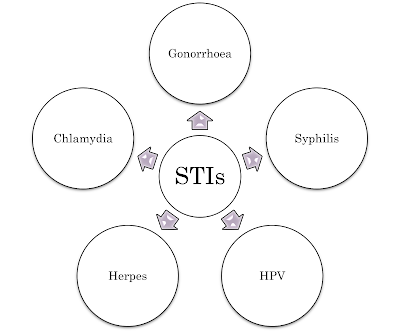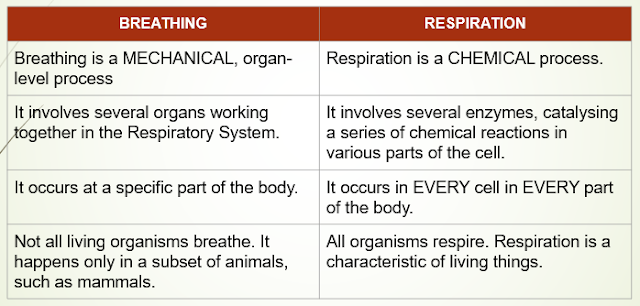STIs & HIV/AIDS [CSEC BIOLOGY & CSEC HSB]
SYLLABUS REFERENCE
CSEC HSB
- [D6] discuss sexually transmitted infections (STIs);
- [D7] discuss Human Immunodeficiency Virus / Acquired Immune Deficiency Syndrome (HIV / AIDS);
- [D8] describe the effect of STIs on the pregnant mother and the foetus.
CSEC BIOLOGY
[B10.5] discuss the treatment and control of the four main groups of disease.
Definition
STIs are diseases that are passed from person to person during sexual activity.
Note, however, that they can also be transmitted in the following additional ways:
- From mother to baby during pregnancy or at birth
- Via contact with contaminated blood.
Gonorrhoea
Syphilis
There are many types. Generally, they cause mild infections of the skin and mucous membranes. These infections usually disappear without any ill effects.
Some may cause warts on the fingers and verrrucas (warts at the bottom of the feet) on the fingers or feet, which can be easily removed. Other infections cause genital warts.
Rarely, they cause cervical cancer.
Herpes
Chlamydia
This is one of the most prevalent STIs globally.
Infection rate is probably higher than reported, since most people don't get any symptoms.
The genitals and urinary system of adults are infected. Advanced infections can lead to hepatitis and pharyngitis.
Complications in females can lead to pelvic inflammatory disease, including disease of the oviducts, and possible infertility.
Rare complications in males can lead to infection of the epididymis and infertility.
HIV/AIDS
Human Immunodeficiency Virus / Acquired Immune Deficiency Syndrome
Signs & Symptoms - After 2 to 6 Weeks of Incubation
- Initial symptoms & signs are flu-like. In addition, a red rash on torso, that does not itch & swollen lymph nodes. These initial symptoms eventually fade. Later symptoms develop up to 10 years later, with the development of AIDS.
- With AIDS, the immune system can no longer function effectively, so secondary infections are common.
- In the past, this included Kaposi's sarcoma and pneumonia. Now, with effective treatments, this has been reduced significantly. Now, causes of death are similar to that of the general population.
Treatment & Modality
- Anti-retroviral therapy (ART) - a combination of drugs. Up to 40 different drugs are now available.
- Patients usually use a combination of three.
HIV/AIDS Mode of Action
HIV Life Cycle
PREVENTION OF STIs
- Abstinence
- Stay in a faithful, monogamous relationship
- Both partners should have tested negative for the diseases.
- Use of a condom. This reduces risk of transmission.
- Regular testing for those at high risk, even if there are no symptoms.
- This also helps clinics to track and trace sexual contacts, if necessary.
- Those with genital warts (HPV) should not have sexual intercourse till the warts are removed.
PREVENTION OF STIs - HIV/AIDS
- Ante-natal testing
- Has reduced incidence of mother-baby transmission in many countries.
- No needle sharing
- Intravenous drug takers should never inject with a previously used needle.
- Avoid all contact with blood from others
- For example, take precautions while cleaning wounds, such as wearing gloves.
- Use of pre-exposure prophylaxis (PrEP)
- Reserved for high-risk persons that are not yet infected.
- It is a combination of drugs that reduces risk by 90% in sexually active people and by 70% in drug users.













